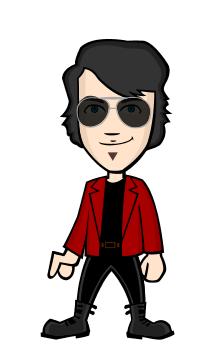Media for Data Transmission
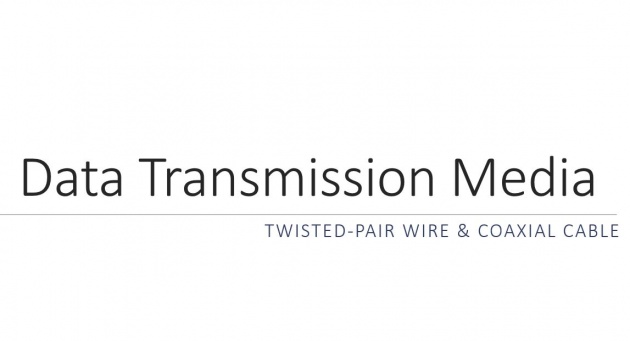
Twisted-Pair Wire:
A Twisted-pair wire consists of two bunch of copper wires twisted together reduce interference by adjacent wires and each of the bunch is enclosed in plastic insulation, It is also called unshielded twisted-pair UTP cable because other than the plastic insulation around the two individual bunches of copper wires, nothing else shields in from outside interference.
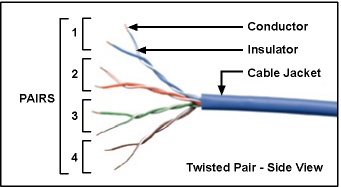
UTP cables are used commonly in local telephone communication and short distance data transmission. Normally, they are used to connect terminals to main computer, if they are placed at a short distance apart. For distance up to 100 meters, they provide data transmission speed up to 9600 bps, and for longer distance such as local telephone lines, they provide speed of the order of 1200 bps.
UTP cables are inexpensive, and easy to install and use. However, their use is limited because they easily pick up noise signals, resulting in high error rates when li
ne length extends beyond 100 meters.
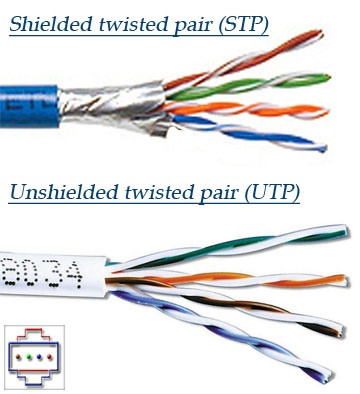
Coaxial Cable:
Coaxial cables consist of a central copper wire which is surrounded by PVC insulation and over it, there is a sleeve of copper mesh. The copper mesh sleeve is shielded again by an outer shield of thick PVC material. Signal is transmitted by inner copper wire, and the outer copper mesh provides the shield.
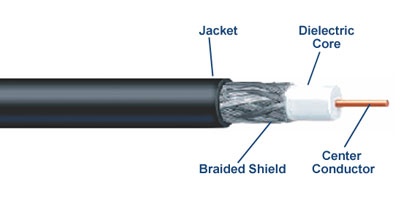
by Amir's
See Also
Basic Elements of a Communication System
To Subscribe, Click the Green Button Below. Thanks

